In the new generation of exterior exterior mirrors, the number of built-in functions has increased dramatically: side retroreflectors or turn signals/flashes, exterior lights, defrosters, mirror folding and adjustments, and more. In addition to these functions, the electric anti-glare rearview mirror control function has recently been added: this anti-glare rearview mirror is very much needed when the rear headlights are glare and glare at night. The electric anti-glare rearview mirror automatically dims to prevent reflected light from illuminating the driver's eyes. The electric anti-glare (EC) mirror is a RC equivalent load: controlling the EC mirror requires a complex control strategy. The EC mirror has a voltage between 0V and 1.2V at the deepest of the transparency and color; at the beginning of the color, the maximum current is between 150-250 mA. If a conventional linear controller is used, the voltage from the 12V battery drops to the 1.2V anti-glare eyepiece voltage, which will consume too much power (approximately 12-1.2V*0.15A=1.62W); considering electromagnetic control (EMC) Problem, switching controllers are not recommended. Therefore, the EC control circuit originally embedded in the automotive electronic components is based on a parallel controller in parallel with the EC mirror (as shown in Figure 1).
This article refers to the address: http://

In this topology, the parallel controller uses an N-channel MOSFET T2 as the power output, a 6-bit digital-to-analog converter sets the different precision reference voltages for the parallel controller, and an external microcontroller controls this 6-bit digital-to-analog conversion. Device. The maximum power consumption of the latter solution is 1.2V*0.15= 0.18W. Resistor R1 determines the maximum current consumed by the darkening of the EC mirror. At the maximum transparency of the mirror, the control voltage is 0V, which means that no current enters the saturated parallel controller. Under this operating condition, T1 completely shuts off the current. Only the MOSFET T2 and the shunt resistor consume the power required to control the EC mirror internally, and the main power consumption comes from external components. Parallel resistors must be rated at very high power (about 2W at high battery voltages) and must also be a precision resistor (low tolerance) because controlling the EC mirror requires precise current. Obviously, this component has a great influence on the cost and volume of the rearview mirror electronic control module. In addition, the new generation of EC mirrors requires "fast discharge" performance, which is the only way to ensure that the mirror brightness is immediately stronger. In summary, another topology must be used to optimize the control mechanism of the anti-glare rearview mirror and promote the application of EC control in the intermediate car.
In the past, there were several door load actuator drive units on the market. These components are characterized by a scalable actuator drive concept, where the software and package of these components are compatible with each other to meet the repeatability requirements of the derivative design of the door electronics module. These drive components support all normal door area loads such as door lock motors, mirror adjustments, folding, heaters (defroster) and various lighting functions from incandescent to LED. Recently, there has been a solution to drive all door loads with a single component that produces all the main signals needed to drive a system mounted on the door, providing an improved electric anti-glare mirror control. method. For example, ST's L99DZ70XP all-in-one driver chip eliminates the need to install discrete drives in multiple locations inside the door, enabling a compact, integrated door area control with improved ease of installation and long-term reliability. The L99DZ70XP also provides control signals for a small external MOSFET that drives the EC components (see Figure 2). This architecture saves space and cost, and also supports closed-loop current control for improved reliability.
The voltage of the electric anti-glare component connected to the ECV pin is controlled within the target voltage value (0..1.2V), and the voltage value is set with six internal data bits. The control loop is routed by an on-chip differential amplifier and an external MOS source follower. The gate of the source follower is connected to the ECDR pin to drive the EC mirror voltage on the ECV pin. The OUT10 pin powers the drain of the external MOS transistor. A diode from the ECV pin (anode) to the ECDR pin (cathode) is placed on the chip to protect the external MOS source follower. To improve closed-loop stability, an external capacitor of at least 5 nF is added to the ECDR pin.
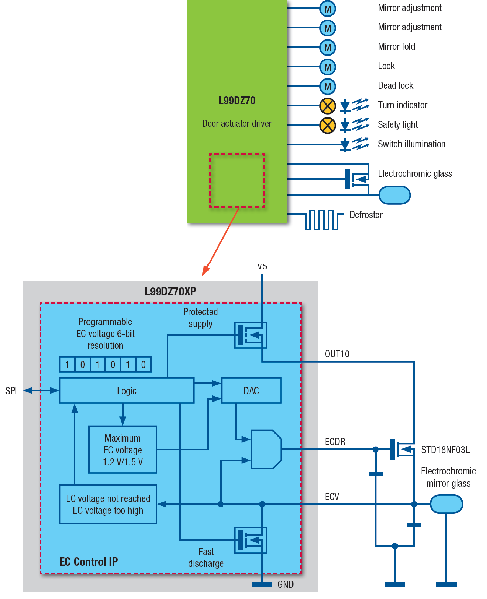
The target voltage is binary coded and the voltage range is 1.5V. If a bit of the internal control register is set to "1", the maximum controller output voltage is limited to 1.2V without modifying the resolution of the associated control bits. When the target voltage is set to 0V and the ECVLS driver is set to the on state, a 1.6Ω lower leg switch pulls the voltage on the ECV pin to ground (fast discharge). The chip also has 'over-high' and 'too low' voltage controls for the EC unit: these two functions help detect abnormal voltage characteristics of the EC unit. Status information for the voltage control loop and diagnostic functions is communicated to the microcontroller via the SPI interface.
Compared to the original EC control topology, the new topology has only one component (outside the components of the door zone) that consumes the power required to control the mirror. Since the on-resistance is not an important parameter because it always works in the linear region, the cost of this component is not high. That small MOSFET must choose a package that can handle the target power consumption. ST recommends the STD18NF03L: a 50mΩ MOSFET with a BVdss of 30V. The product is available in the popular DPAK package that is well received by the automotive environment.
Shenzhen Bolinia Technology Co., Ltd. is compatible for product lines with high brightness monitors from 10 inch to 22 inch.
Normally optional for 500 nits, 1000 nits and some model compatible up to 1400 nits.
The casing material have plastic and metal casing to choose from .

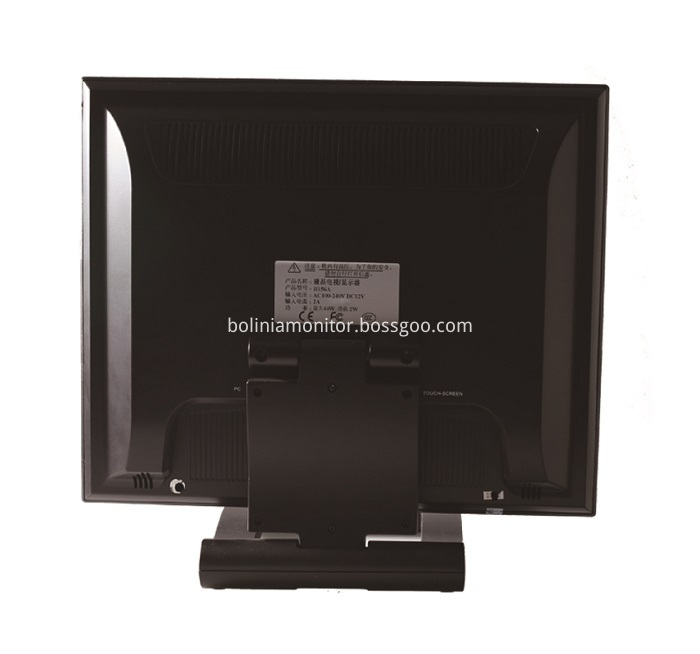
Shenzhen Bolinia Technology Co., Ltd. is a manufacturer for 7-24 inch lcd monitors and displays over 10 years. Original factory with assembling line in Shenzhen. Product ranges from plastic monitor, metal monitor, Resistive Touch Monitor, Capacitive Touch Monitor, Open Frame Monitor , Embedded Monitor to SDI Broadcasting Monitor. Square monitor or wide screen monitors are available with different resolutions. Members on Alibaba and Global Sources.
Normal
plastic or Metal Monitor from 7 inch to 24 inch.
Single Touch Monitor with resistive 4 wire and 5 wire for options from 7 inch
to 22 inch.
Multi-touch projected capacitive touch ( PCAP Touch or PCT) monitor from 8 inch
to 24 inch.
SDI monitor from 15 inch to 21.5 inch.
Products mainly used in ATM, POS, CCTV security, Information checking, Kiosk,
BGA repairing station, Lottery terminals, microscopes and similar applications.
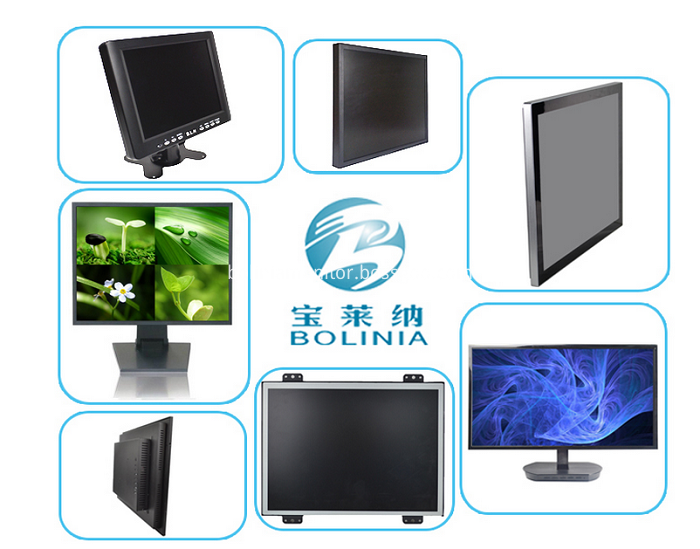
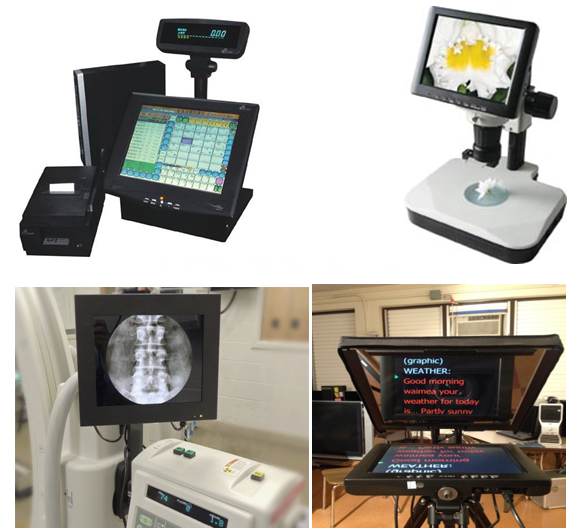
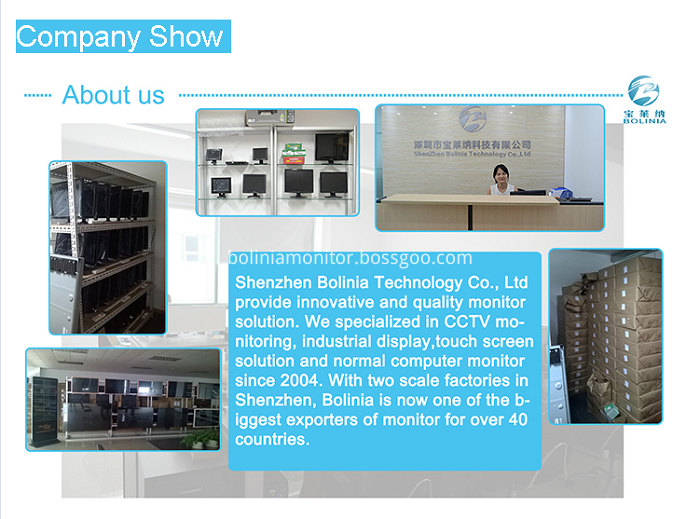
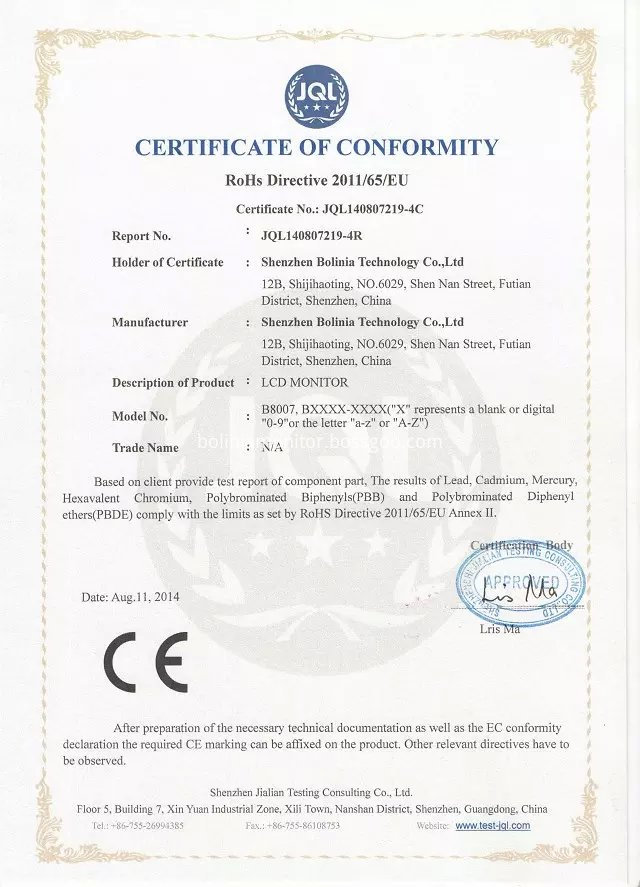
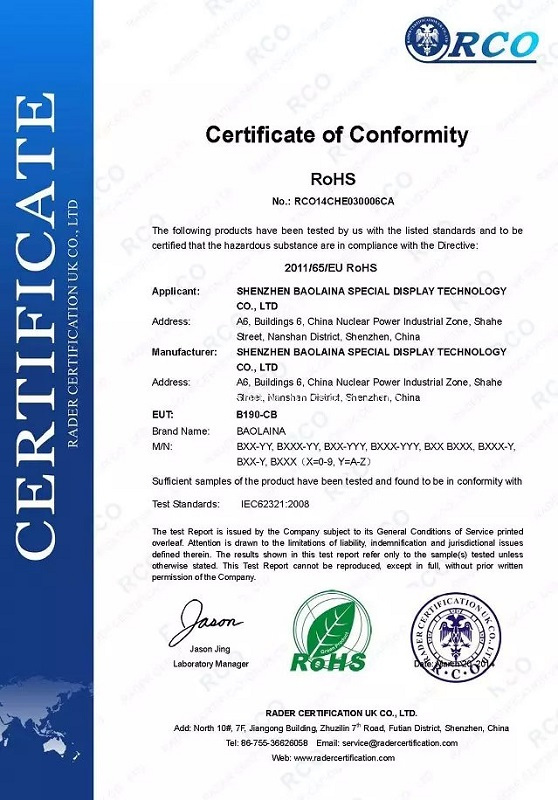
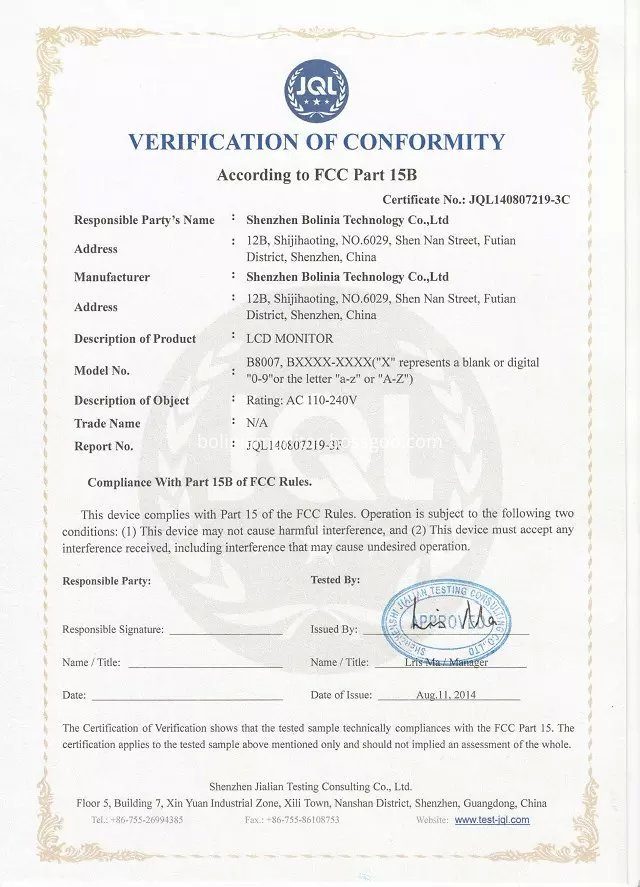


High Brightness Monitor, 10 Inch High Brightness Monitor,15 Inch High Brightness Monitor, 17 Inch High Brightness Monitor, 19 Inch High Brightness Monitor
Shenzhen Bolinia Technology Co., Ltd. , http://www.bolinia.com